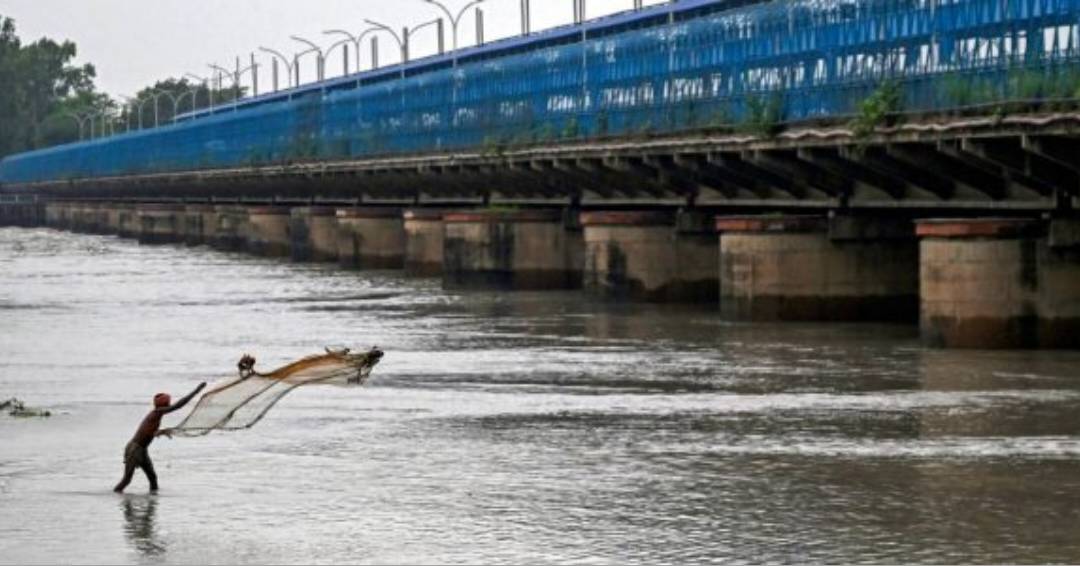
The Delhi government is on high alert as the Yamuna River continues to overflow, breaching the danger mark due to heavy rainfall in its upper catchment areas. On Tuesday, the water level crossed the danger mark of 205.33 meters, prompting concerns. A Central Water Commission official stated that the water level at the Old Railway Bridge surpassed the warning mark of 204.50 meters, reaching 205.39 meters by 10 pm on Tuesday.
The situation is expected to escalate, with predictions indicating the water level might rise further to 205.50 meters by 5 am. However, the river’s swell to evacuation levels (206.00 meters) in Delhi is dependent on additional rainfall in the hilly region.
Despite these developments, the Delhi government’s irrigation and flood control department expressed that while minor flooding could occur along some river areas, a severe crisis is unlikely. The department’s official emphasized that the water flow rate at the Hathnikund barrage stood at around 27,000 cusecs, considered moderate during the monsoon season.
In neighboring states, heavy rains have caused significant damage. Himachal Pradesh reported 56 deaths due to rain-related incidents, while Uttarakhand suffered from landslides and building destruction. Various rivers, including the Ganga, Alaknanda, and Mandakini, have surpassed danger levels in different locations.
The flooding in Delhi is attributed to multiple factors, including encroachments on the river’s floodplain, intense rainfall in a short period, and silt buildup that has raised the riverbed. The Yamuna river system’s catchment area spans multiple states, including Uttar Pradesh, Uttarakhand, Himachal Pradesh, Haryana, Rajasthan, Madhya Pradesh, and Delhi.
Notably, areas near the Yamuna River in Delhi, inhabited by approximately 41,000 people, are at higher risk of flooding. Encroachments on the floodplain have persisted despite land ownership by various authorities. Among the most affected districts are northeast, east, central, and southeast Delhi. East Delhi, in particular, is identified as vulnerable to flooding according to a study by the irrigation and flood control department.

Post Your Comments